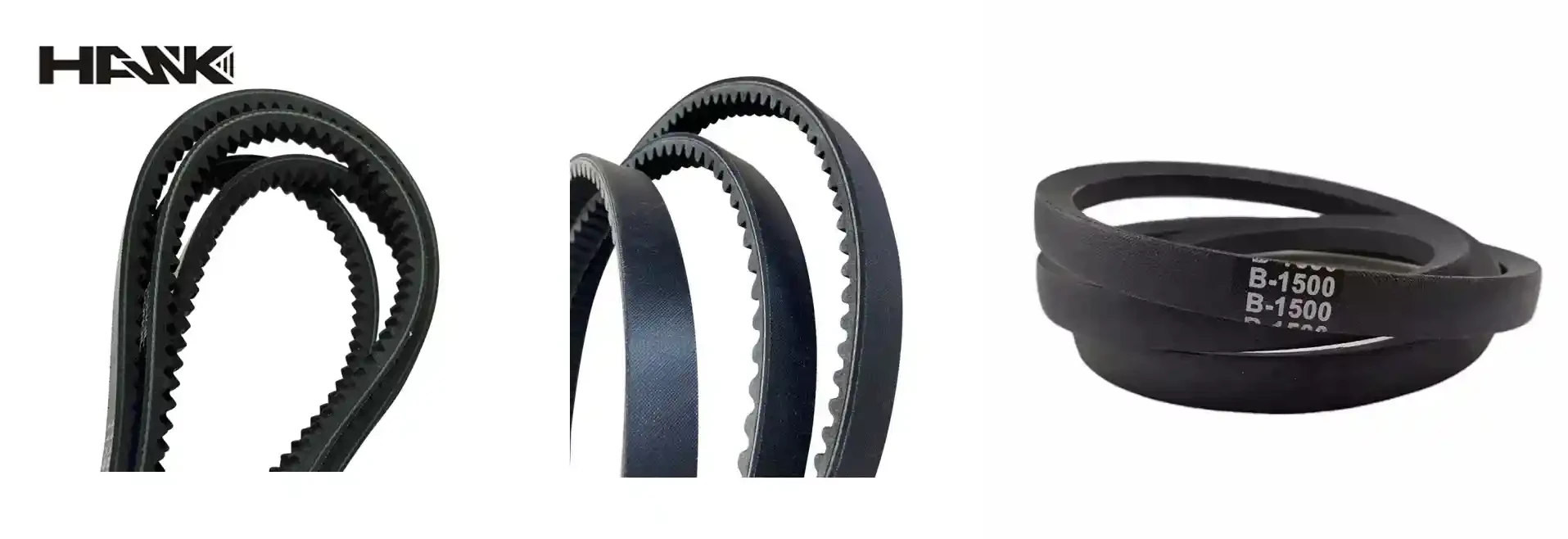- Arabic
- French
- Russian
- Spanish
- Portuguese
- Turkish
- Armenian
- English
- Albanian
- Amharic
- Azerbaijani
- Basque
- Belarusian
- Bengali
- Bosnian
- Bulgarian
- Catalan
- Cebuano
- Corsican
- Croatian
- Czech
- Danish
- Dutch
- Afrikaans
- Esperanto
- Estonian
- Finnish
- Frisian
- Galician
- Georgian
- German
- Greek
- Gujarati
- Haitian Creole
- hausa
- hawaiian
- Hebrew
- Hindi
- Miao
- Hungarian
- Icelandic
- igbo
- Indonesian
- irish
- Italian
- Japanese
- Javanese
- Kannada
- kazakh
- Khmer
- Rwandese
- Korean
- Kurdish
- Kyrgyz
- Lao
- Latin
- Latvian
- Lithuanian
- Luxembourgish
- Macedonian
- Malgashi
- Malay
- Malayalam
- Maltese
- Maori
- Marathi
- Mongolian
- Myanmar
- Nepali
- Norwegian
- Norwegian
- Occitan
- Pashto
- Persian
- Polish
- Punjabi
- Romanian
- Samoan
- Scottish Gaelic
- Serbian
- Sesotho
- Shona
- Sindhi
- Sinhala
- Slovak
- Slovenian
- Somali
- Sundanese
- Swahili
- Swedish
- Tagalog
- Tajik
- Tamil
- Tatar
- Telugu
- Thai
- Turkmen
- Ukrainian
- Urdu
- Uighur
- Uzbek
- Vietnamese
- Welsh
- Bantu
- Yiddish
- Yoruba
- Zulu
Nov . 10, 2024 16:00 Back to list
V-Belt Manufacturing Solutions for Efficient Power Transmission Systems and Equipment
The Evolution and Importance of V-Belt Factories
In the world of mechanical engineering, the V-belt plays a crucial role in power transmission systems. These components, characterized by their trapezoidal cross-section, are utilized in thousands of applications, from automotive engines to industrial machinery. The evolution of V-belt factories, their manufacturing processes, and their importance in various industries is a fascinating subject that reflects advancements in technology and industrial practices.
The History of V-Belts
The concept of the V-belt originated in the early to mid-20th century as engineers sought more efficient ways to transfer power between rotating shafts. Unlike flat belts, which were prone to slippage and required high tension to function properly, V-belts provided improved grip due to their design. This innovation allowed for higher power transmission efficiency and reduced energy losses, paving the way for broader applications across various sectors.
V-belt factories began to emerge in response to the growing demand for these components. Initially, production processes were rudimentary, often relying on manual labor. However, with the advent of industrialization and technological advancements, manufacturing methods evolved significantly.
Manufacturing Processes
Modern V-belt factories leverage advanced technologies to optimize production efficiency and quality. The manufacturing process typically involves several key steps
1. Material Sourcing V-belts are made from a variety of materials, including rubber, polyester, and nylon. The choice of material affects the belt's durability, flexibility, and temperature resistance.
2. Molding and Extrusion The raw materials are mixed and then molded or extruded into the desired shape. This process requires precision to ensure that the belts possess the correct dimensions and cross-sectional profiles.
3. Reinforcement Many V-belts incorporate internal reinforcement, typically made from strong synthetic fibers. This reinforcement enhances the belt's strength and durability, ensuring it can withstand significant stress during operation.
4. Quality Control A critical part of the manufacturing process, quality control involves rigorous testing to ensure that each belt meets industry standards. This includes checking for dimensional accuracy, tensile strength, and resistance to wear.
v belt factory

5. Packaging and Distribution Once produced, the V-belts are carefully packaged to prevent damage during transportation. Factories often establish distribution networks to ensure timely delivery to customers across various sectors.
The Role of V-Belt Factories in Industry
V-belt factories contribute significantly to a variety of industries, including automotive, manufacturing, agriculture, and construction. The automotive industry heavily relies on V-belts for engine components, power steering, and air conditioning systems. In manufacturing, V-belts are integral to machinery that requires reliable and efficient power transmission.
Moreover, the agricultural sector utilizes V-belts in tractors and other farm equipment, facilitating tasks such as tilling, planting, and harvesting. In construction, V-belts are essential for operating cranes, elevators, and conveyor systems, enhancing productivity and safety on job sites.
The Future of V-Belt Manufacturing
As industries evolve, so too must V-belt factories. The growing emphasis on sustainability and environmental responsibility is influencing manufacturing practices. Factories are increasingly focused on reducing waste, utilizing eco-friendly materials, and implementing energy-efficient production methods.
Additionally, advancements in technology, such as automation and artificial intelligence, are poised to revolutionize the manufacturing landscape. Factories that adopt these technologies can enhance production efficiency, reduce costs, and improve product quality.
Furthermore, the rise of electric vehicles presents both challenges and opportunities for V-belt manufacturers. As traditional internal combustion engines give way to electric drivetrains, the need for certain types of V-belts may decrease, while new applications may emerge in hybrid systems.
Conclusion
V-belt factories play a pivotal role in the modern industrial landscape, providing essential components that drive efficiency across various sectors. As technology advances and industries adapt to changing demands, these factories will continue to evolve, ensuring that they meet the needs of future applications. The history and development of V-belt manufacturing reflect a broader narrative of innovation, resilience, and the relentless pursuit of efficiency in power transmission systems.
-
Upgrade Power Steering Pump Belt for Smooth, Quiet Operation
NewsAug.27,2025
-
Precision Timing Belt & Chain: Engine Performance & Durability
NewsAug.26,2025
-
Precision Lathe Drive Belts: Durable & Reliable Performance
NewsAug.25,2025
-
84.5 Serpentine Belt: Durable & Precision Fit for Your Engine
NewsAug.24,2025
-
Premium Ribbed Drive Belts for Quiet Power Transmission
NewsAug.23,2025
-
High-Performance Vehicle Timing Belt for Engine Precision
NewsAug.22,2025

